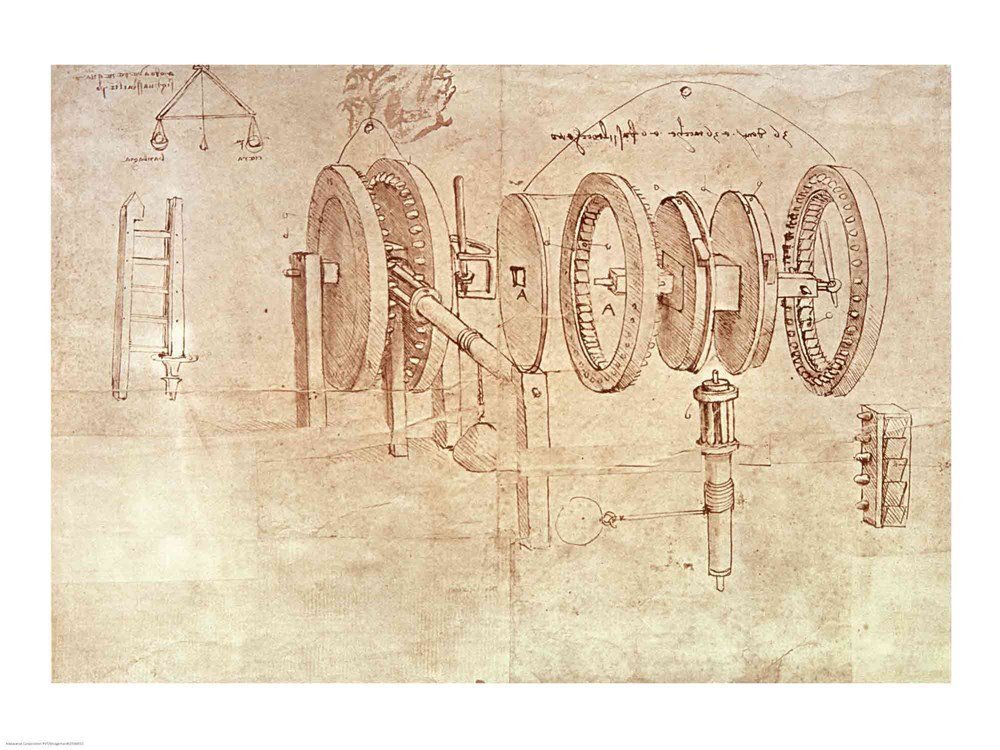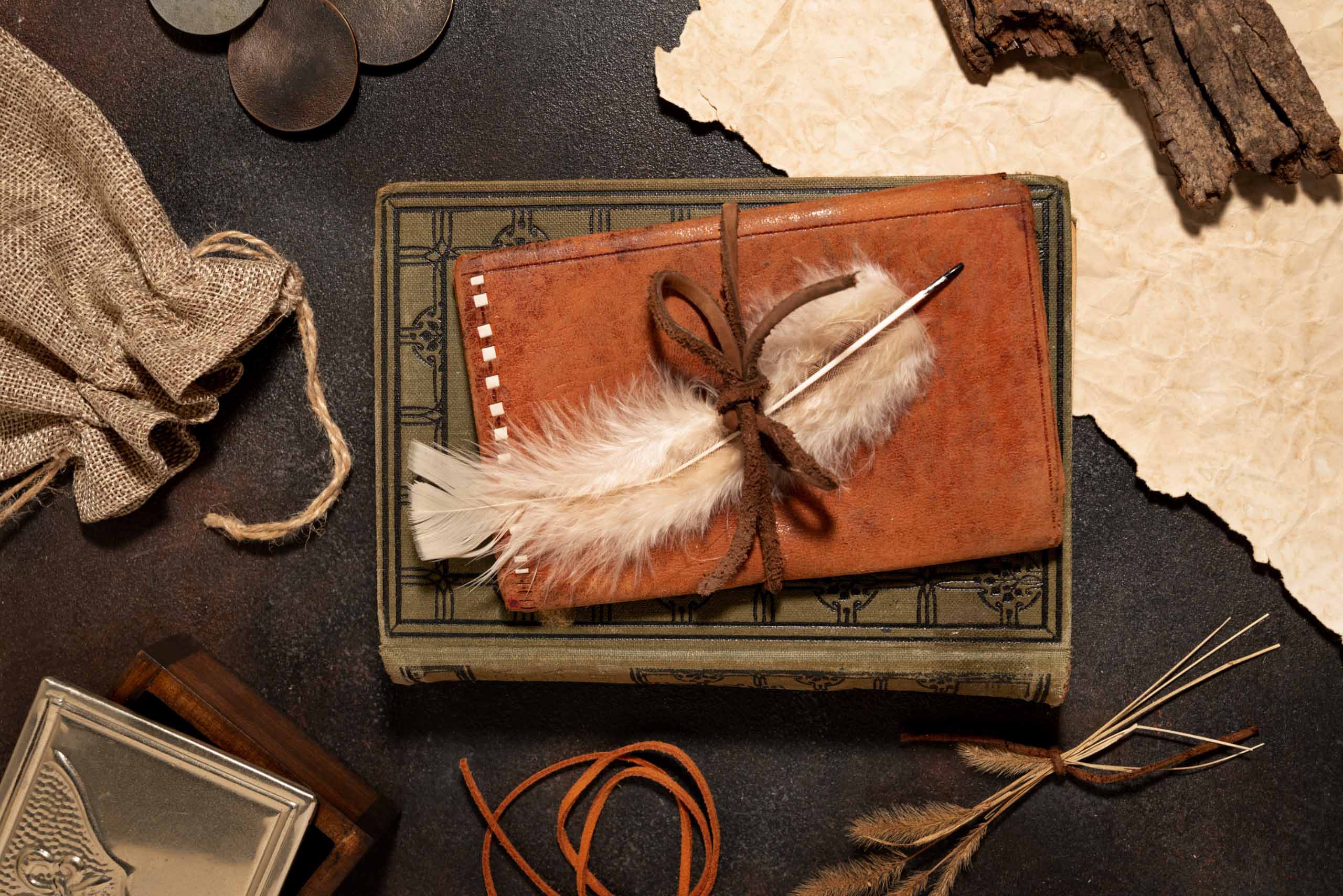From Leonardo’s Sketches to Modern Journals
In today’s fast-paced digital age, where every thought and memory seems to be fleeting and ephemeral, isn’t there something deeply alluring about the tangible act of putting pen to paper?
The art of journaling has stood the test of time, evolving through the ages, yet retaining its timeless appeal (Pinterest’s infinite bullet journaling templates, manifestation journals, gratitude diaries ideas are a testimony to that). So, let’s time-travel to explore the roots and the ancient art of journaling and we promise to land you back safely to our store. Join the adventure!
The Ancient Scrolls of Egypt
Our voyage begins in the heart of ancient Egypt, where hieroglyphics told stories of gods and pharaohs, the earliest traces of journaling were etched onto delicate papyrus scrolls. These scrolls served as the canvas for Egyptians to meticulously document their daily lives, from the most mundane of activities to profound reflections on the human experience.

These ancient journals, preserved over millennia, provide invaluable insights into Egyptian society, customs, and beliefs. They reveal the aspirations and struggles of ordinary people and the grand ambitions of rulers. These scrolls aren’t just artifacts; they are windows into the past, inviting us to connect with our ancestors through the written word.

The Renaissance: A Flourishing of Creativity
Fast forward to the Renaissance, a period of unparalleled artistic and intellectual achievement.
Leonardo da Vinci, for instance, adorned his journals with intricate sketches, scientific observations, and personal reflections. He produced between 20,000 to 28,000 pages of notes and sketches spanning across 50 different notebooks about work related to whatever topics that interested him – painting, engineering, philosophy, warfare, engineering, physiology, landscape, proportion, perspective, geography, geology, light and shade, inventions and various other topics.

A collection of them were bought by Bill Gates for $30 million recently.
These journals aren’t mere records; they are living documents that offer a glimpse into the mind of a genius.
Michelangelo’s notebooks, on the other hand, are a treasure trove of artistic wisdom. They contain drawings of his masterpieces, like the Sistine Chapel, alongside philosophical musings and technical notes. The pages of these journals whisper secrets of artistic mastery to those who seek inspiration.
The Enlightenment Era: Journals as Instruments of Change
The Enlightenment era was marked by a surge of intellectual curiosity and a desire for self-reflection. Thinkers like Voltaire and Rousseau turned to journals as a means of introspection. They poured their thoughts, ideas, and critiques onto paper, laying the groundwork for many of the societal changes that would follow.
Voltaire’s journals are filled with sharp wit and biting satire. His fearless critiques of the establishment challenged the status quo and inspired generations to question authority. These journals are not just a reflection of his thoughts; they are instruments of change.
Rousseau, on the other hand, used his journals to explore the depths of human nature and the social contract. His writings sparked discussions that would shape the course of political philosophy. His journals are a testament to the power of ideas.
Personal Diaries: A 19th-Century Obsession
As we move into the 19th century, we find personal diaries becoming a cherished possession for many. Writers, artists, and everyday individuals turned to their journals to record their innermost thoughts, dreams, and daily experiences.
The Diary of a Young Girl by Anne Frank is likely the most famous diary of all time, full of the most famous diary entries ever. And it should be no wonder why – this is an opportunity to look at World War II through the eyes of someone who directly experienced the tragedies inflicted upon the Jewish population of Europe.
These diaries are more than mere chronicles of daily life. They are windows into the hearts and minds of people from various walks of life. They reveal the hopes, fears, and aspirations of those who came before us.
Leather-Bound Journals: A Testament to Timeless Craftsmanship
Alongside the evolution of journaling, the art of bookbinding flourished. Leather-bound journals emerged as a symbol of refined craftsmanship and an enduring vessel for one’s written legacy. Today, artisans at Wellbourne Crafts continue this tradition, offering an exquisite range of handcrafted leather journals that evoke a sense of timeless elegance.

